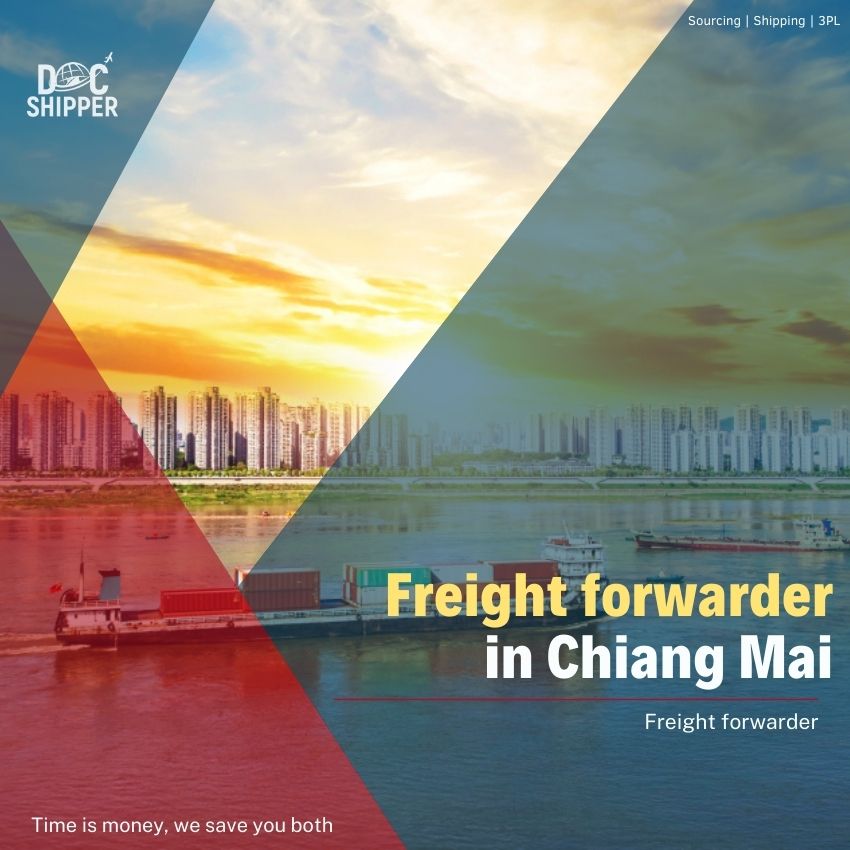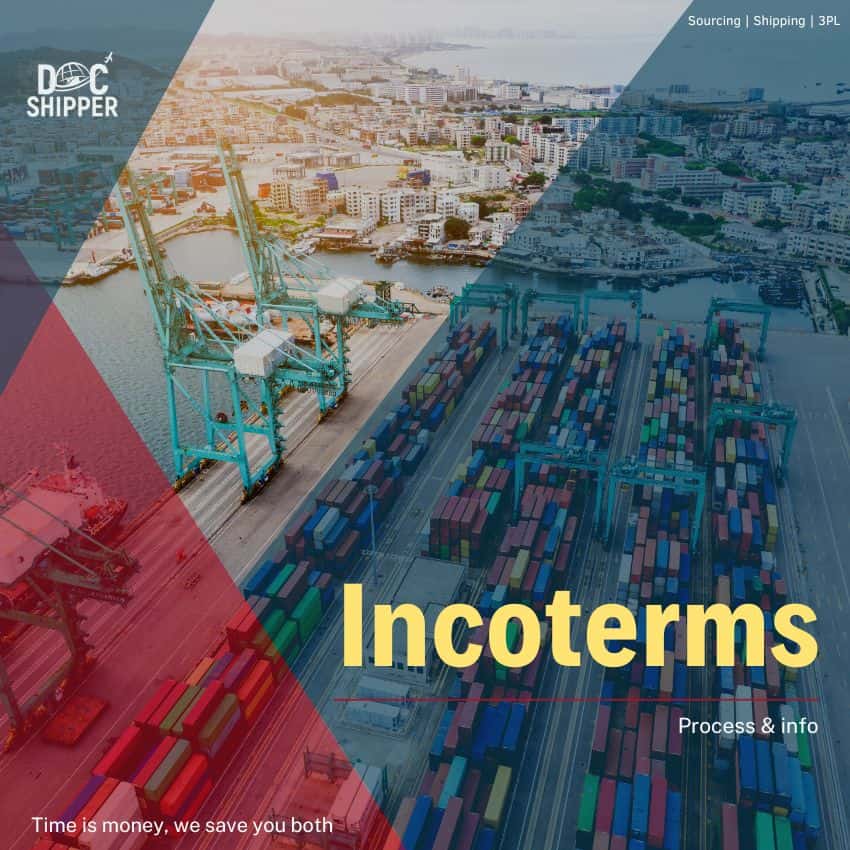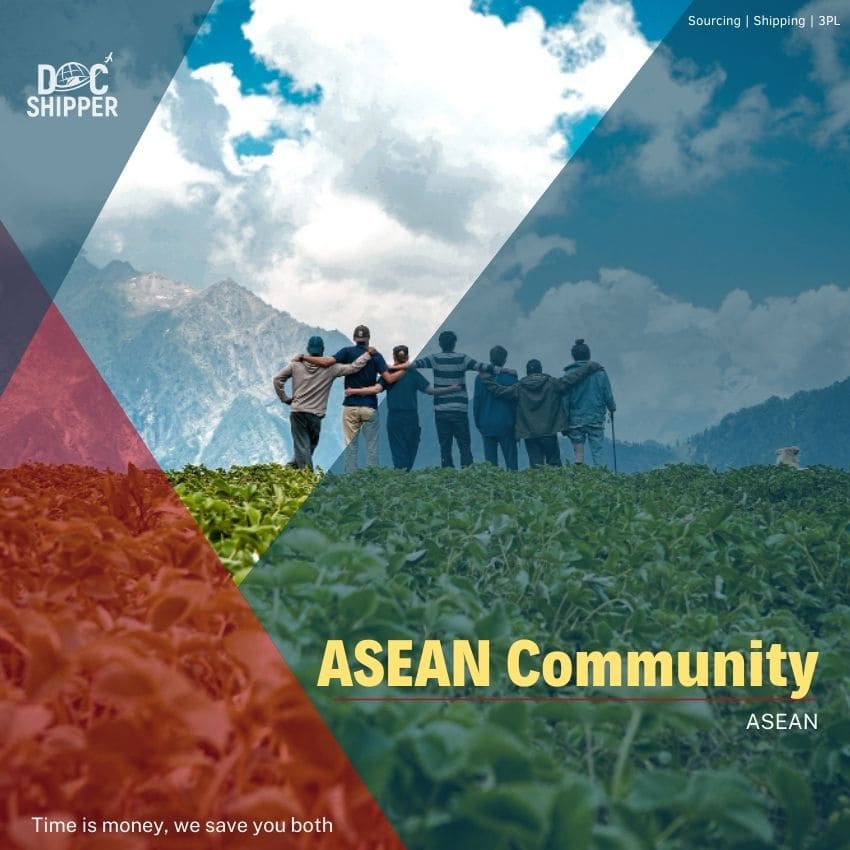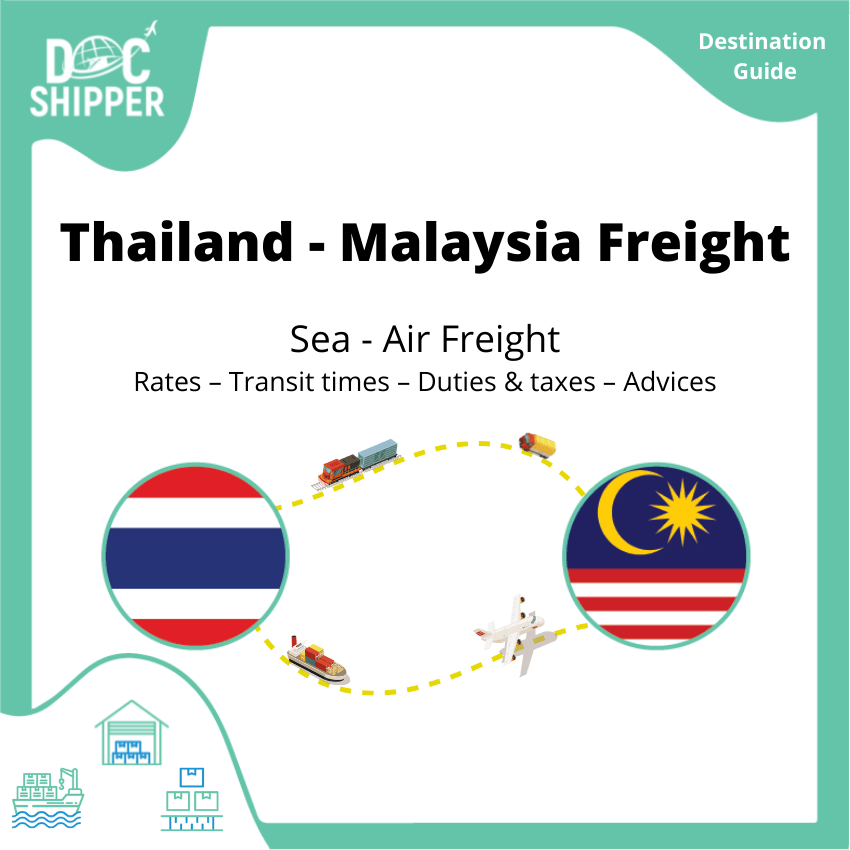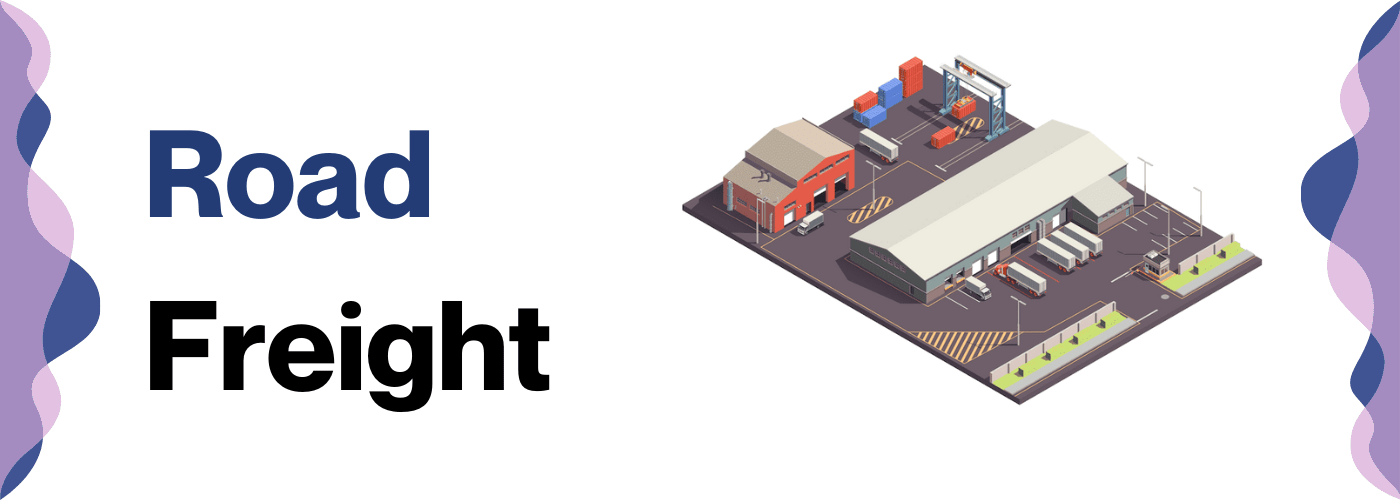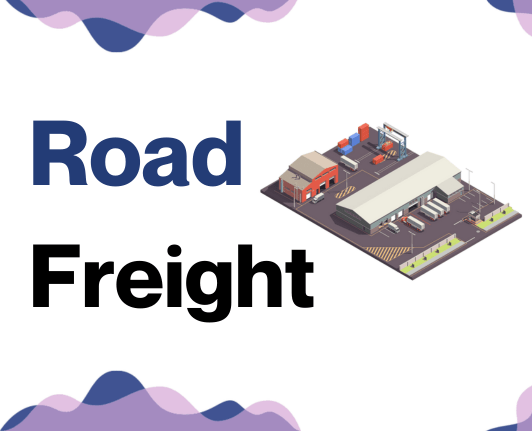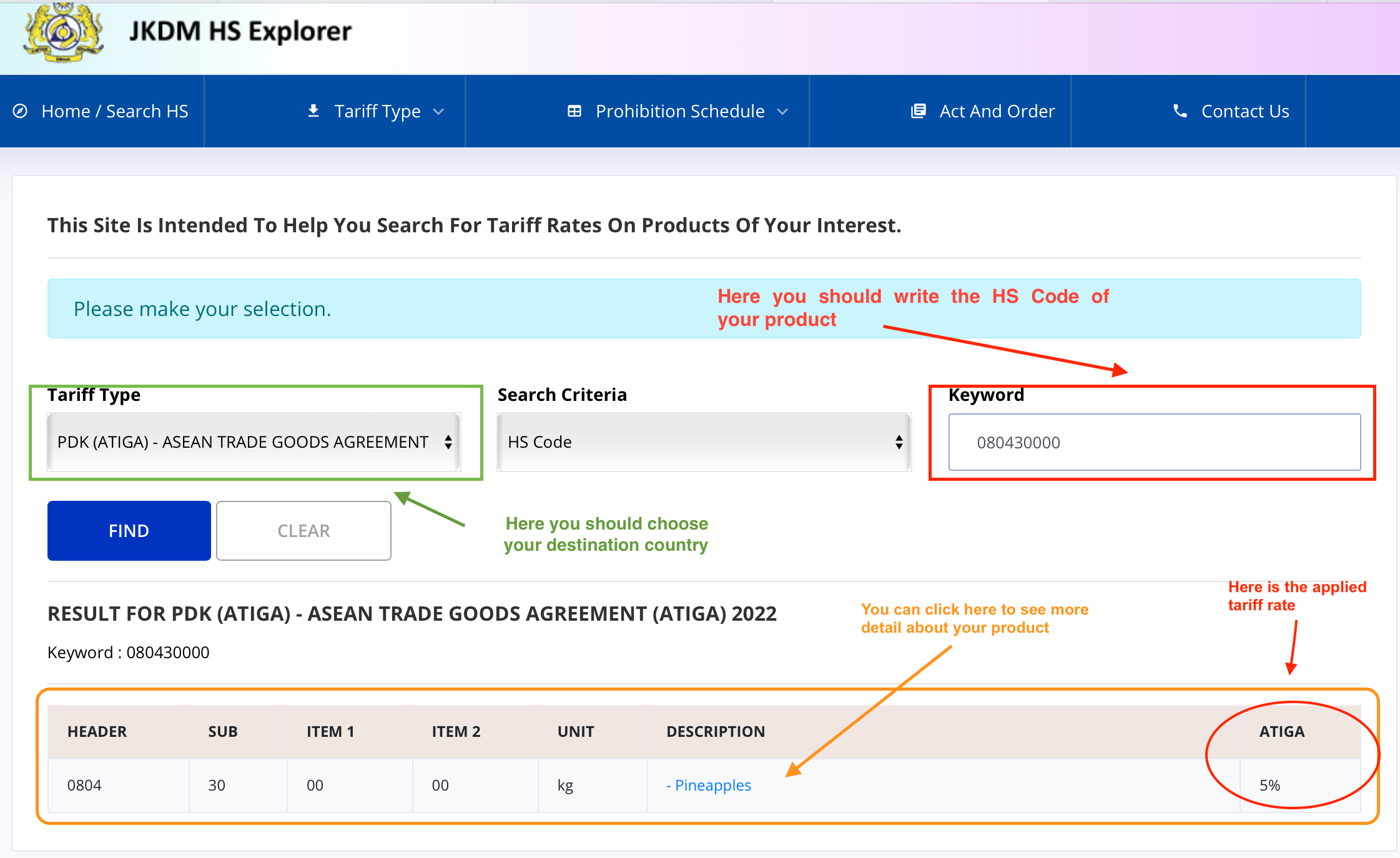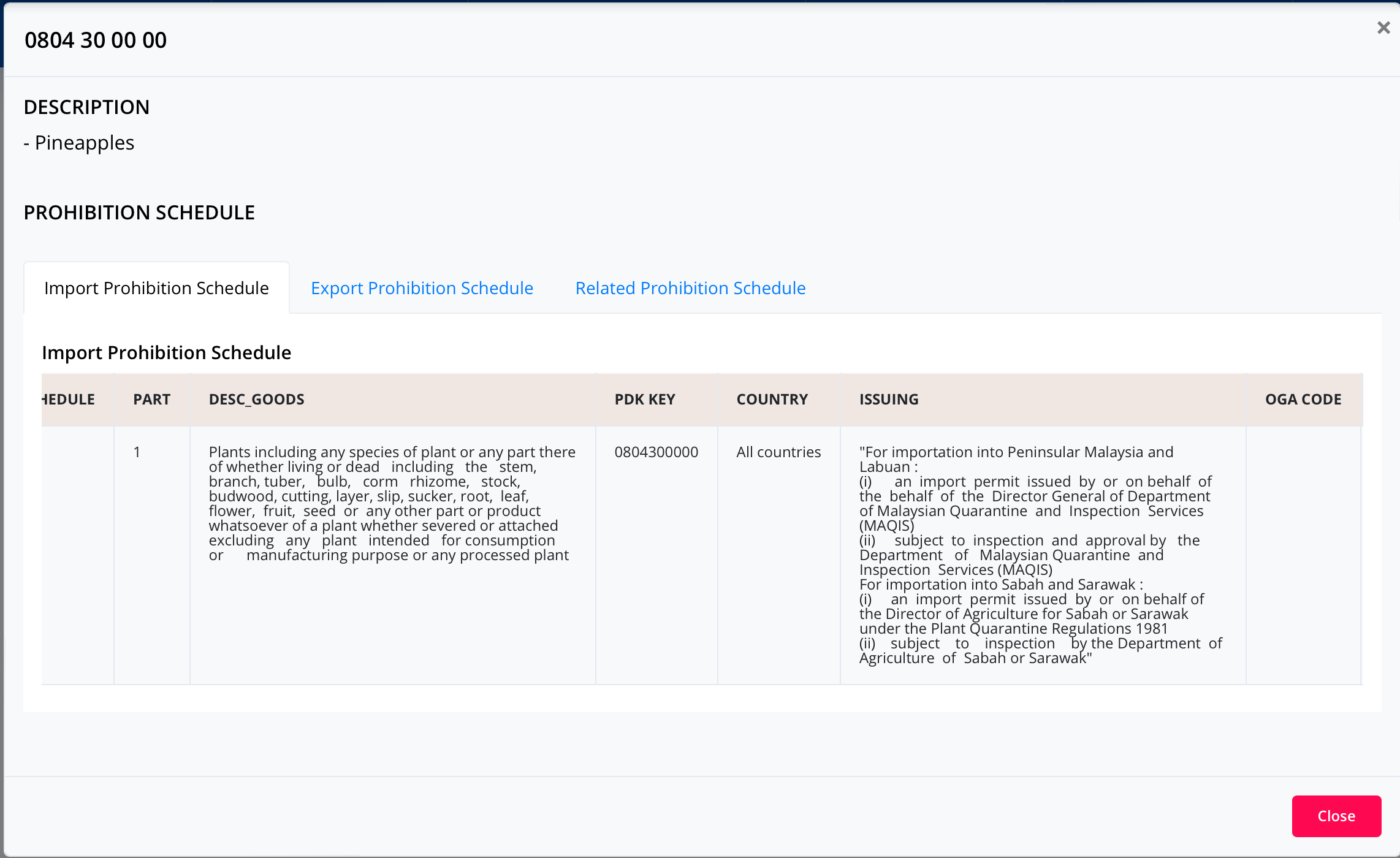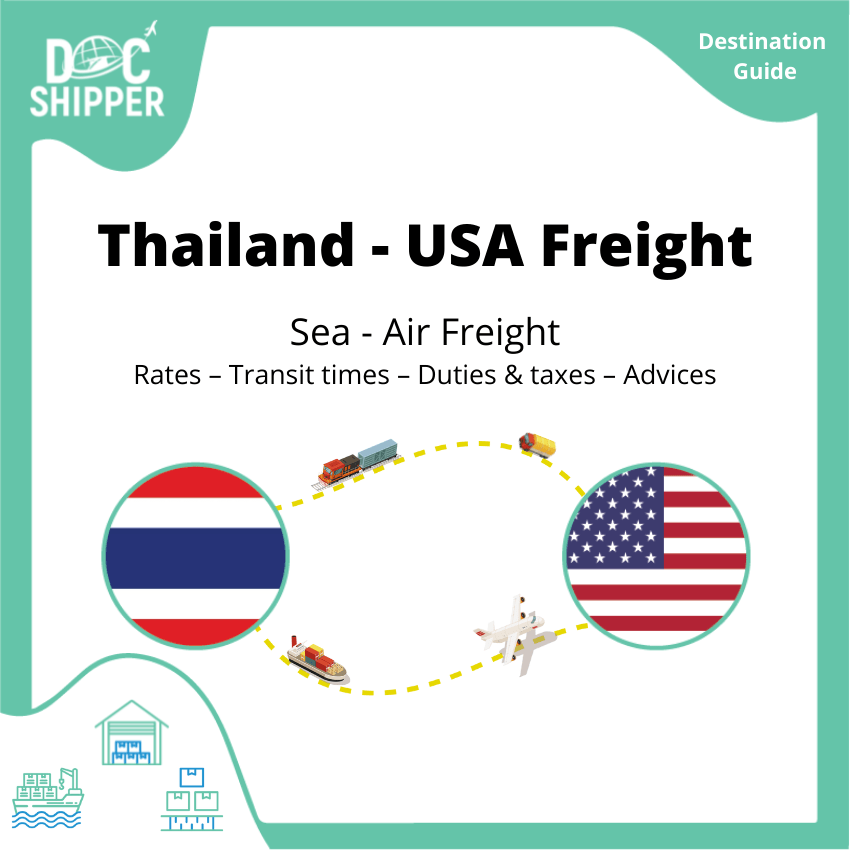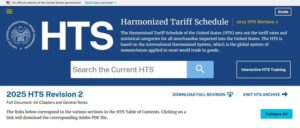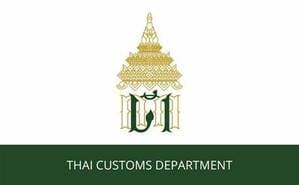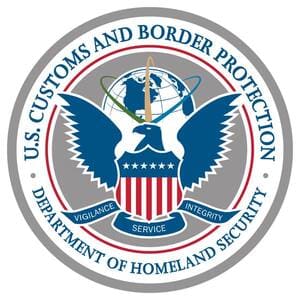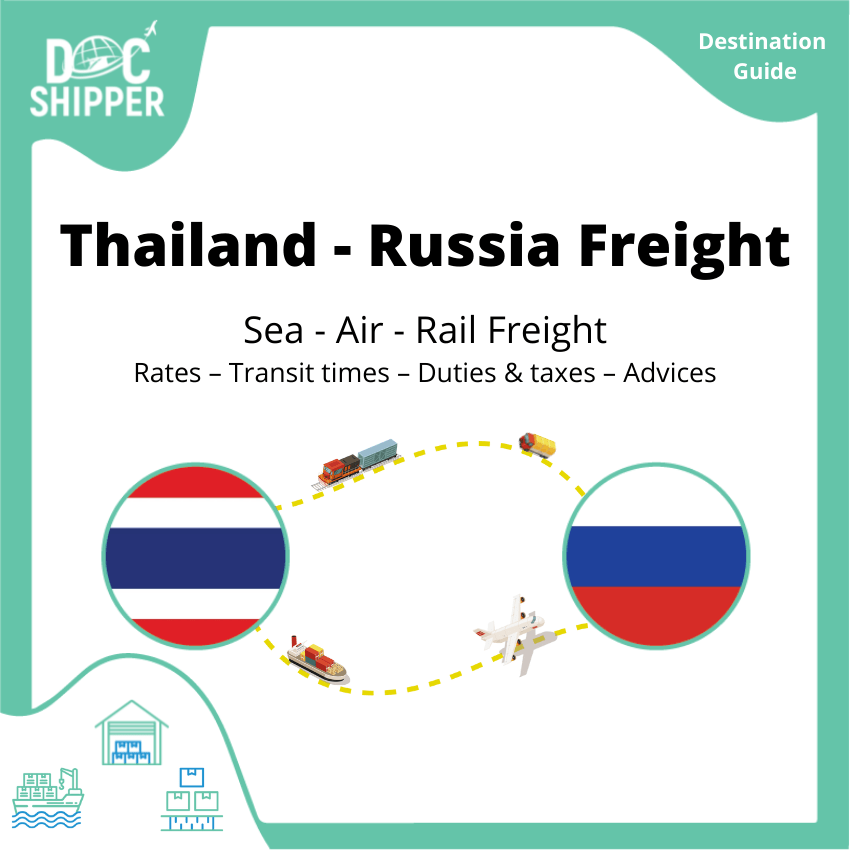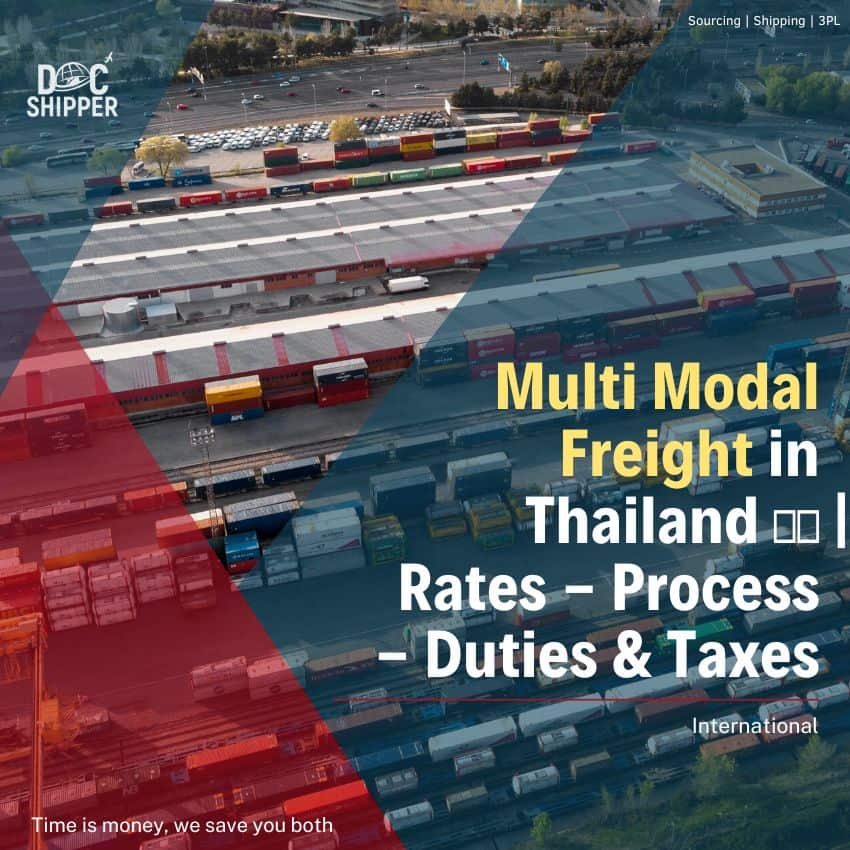Main international airports in Thailand
Cargo Volume: Suvarnabhumi Airport handles over 1.3 million tonnes of cargo annually.
Key Trading Partners: Main trading partners include China, Japan, Hong Kong, and Singapore, amongst others.
Strategic Importance: Known as the Gateway to Asia, this airport plays a major role in the ASEAN economy, making it a strategic pivot for businesses targeting Asian markets.
Notable Features: The airport houses the FedEx Express and Thai Cargo, boosting its standing as a crucial logistics hub in the region.
For Your Business: Given the airport's strategic location and robust handling capacity, consider using Suvarnabhumi if you're targeting markets in Asia and need efficient, high-volume freight solutions.
Cargo Volume: Although primarily a domestic and low-cost carrier airport, Don Mueang handles a significant cargo volume around 123,000 tonnes annually.
Key Trading Partners: Its top trading countries include China, ASEAN nations, and India.
Strategic Importance: Situated in Bangkok, Don Mueang plays a vital role as a domestic logistics hub linking to international routes.
Notable Features: Home to an array of low-cost carriers, which might mean lower shipping costs for some freight.
For Your Business: If you're a small- to medium-sized business seeking cost-effective freight solutions, especially for domestic Thai markets or lower volume international freight, Don Mueang might be a viable choice.
Cargo Volume: This airport handles over 16,000 tonnes of cargo yearly.
Key Trading Partners: Trading largely with regional players, namely China, Singapore, and Malaysia.
Strategic Importance: Chiang Mai Airport is Northern Thailand's main air hub, making it a strategic link between Thailand and the burgeoning markets in the northwest of the country and neighboring regions.
Notable Features: The airport is a gateway to the burgeoning Northern Thailand economy, known for its handicraft and agriculture sectors.
For Your Business: If you trade in handcrafts, garments, or agricultural commodities, this airport, with its close ties to these industries, could be beneficial for your logistics chain.
Cargo Volume: Phuket International moves over 28,000 tonnes of cargo per annum.
Key Trading Partners: Key partners are China and other ASEAN nations.
Strategic Importance: It's the second busiest airport in Thailand, serving as a key hub for tourism-related goods and tropical produce trade.
Notable Features: It's in proximity to key tourism and agricultural regions of Thailand, which are prominent sectors in the economy.
For Your Business: If your business deals with tourism-related goods, perishable commodities like tropical produce, Phuket's strategic location could prove advantageous for your shipping needs.
Cargo Volume: Approximately 14,000 tonnes of cargo is processed annually.
Key Trading Partners: Primarily trading with Malaysia, China and Singapore.
Strategic Importance: Situated in Southern Thailand, Hat Yai plays a key role in serving the economic sectors in the south, linking them to international markets.
Notable Features: It's a growing cargo hub in the south of Thailand, particularly for rubber and oil palm industries.
For Your Business: If your enterprise trades in rubber or palm oil products and is looking for a convenient southern Thailand shipping hub, Hat Yai could be an ideal choice.
